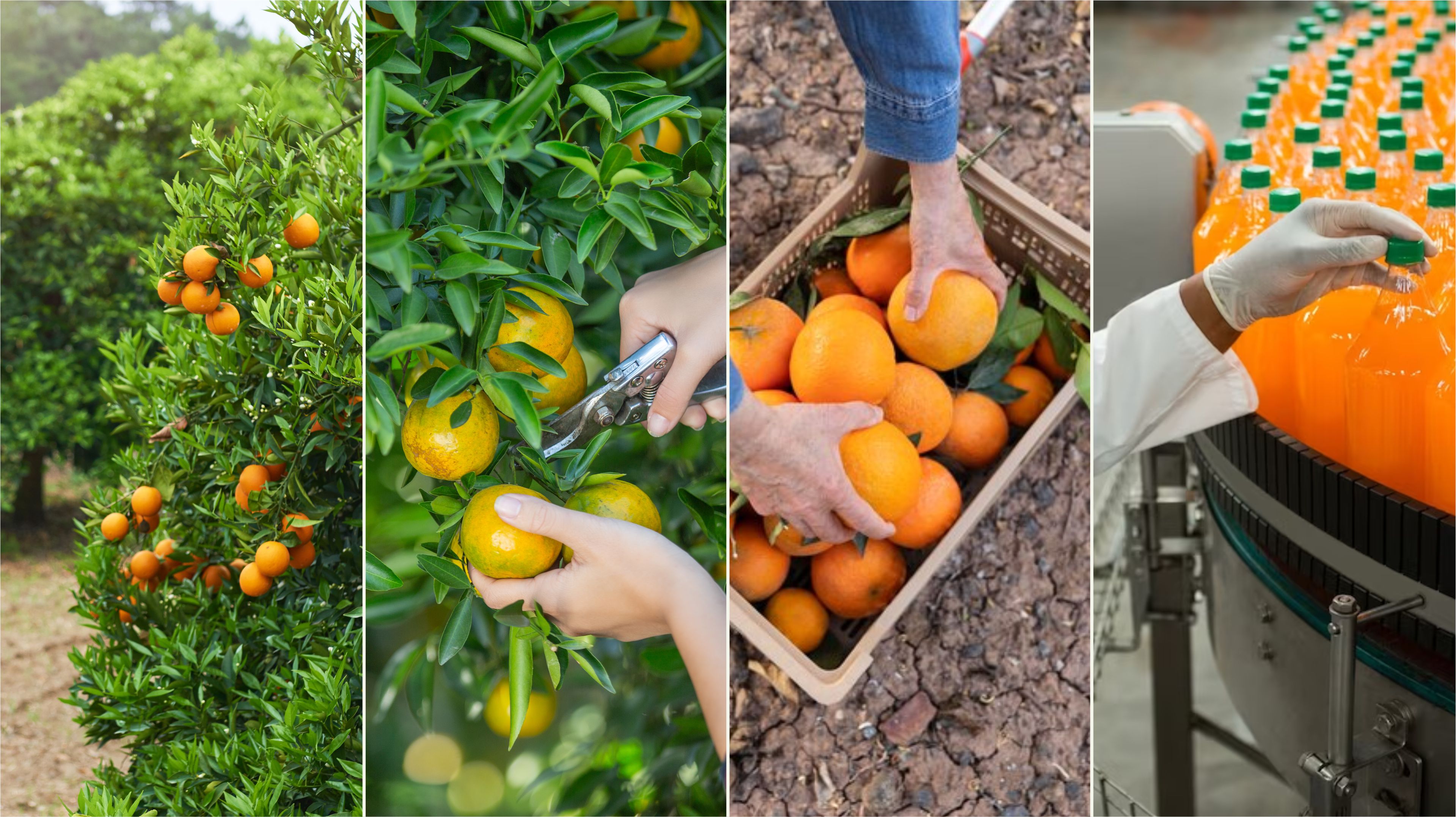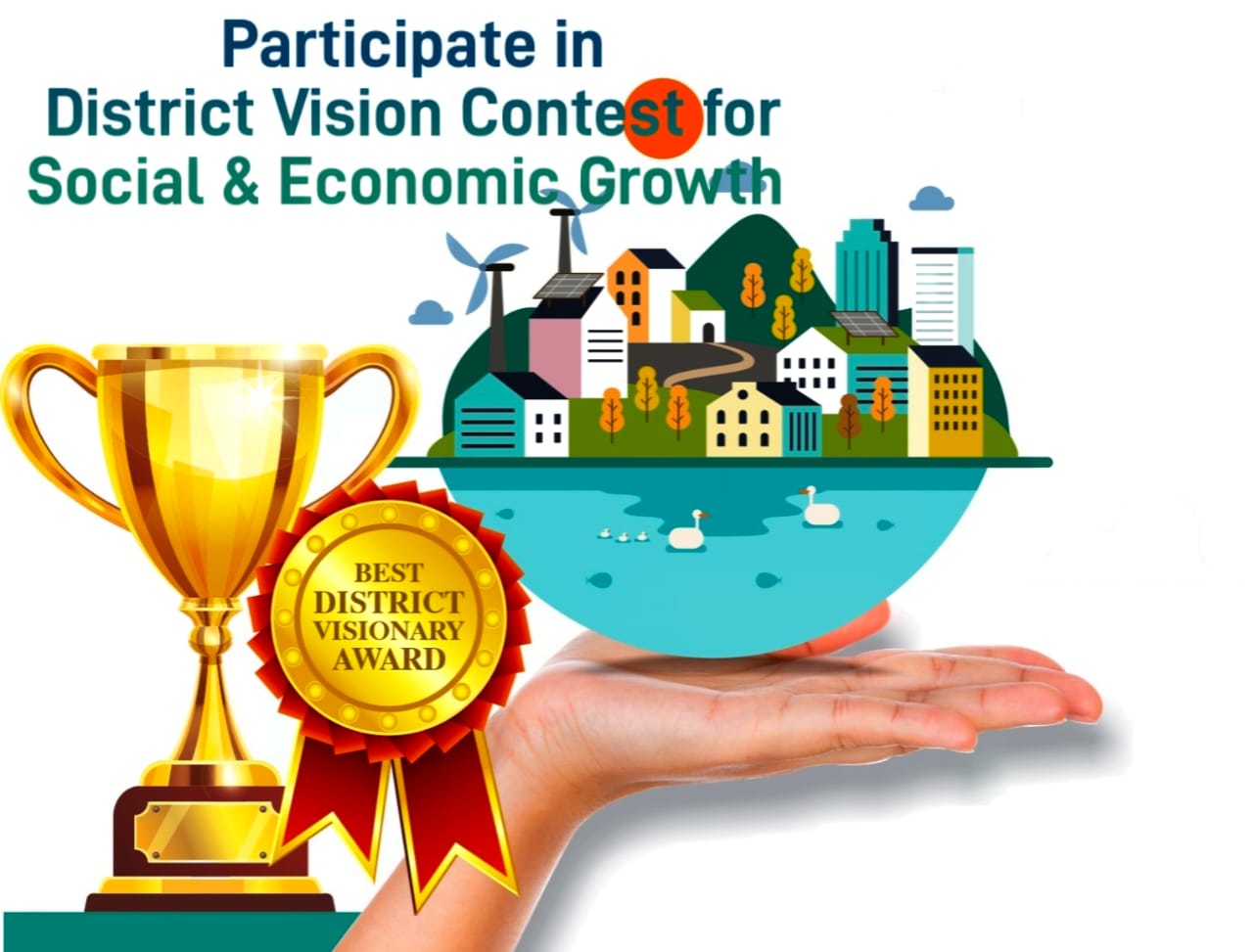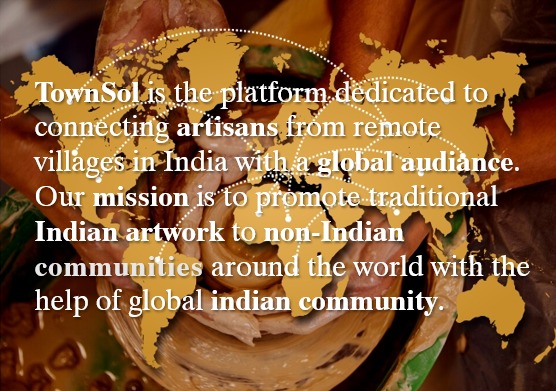Wealth of Natural Inheritance
Townsol Admin
February 6, 2024
India’s heritage, deeply entrenched in its agrarian roots, is rich with diverse food, fruits, and vegetables. This bounty, a testament to the nation’s natural wealth of land, water, and sunlight, speaks volumes of a culture that has revered and relied upon its agricultural base for centuries. However, juxtaposed against this lush backdrop is a stark reality: significant food wastage due to inadequate storage and supply chain mechanisms for perishable goods. This dichotomy not only highlights the challenges faced in preserving our heritage but also underscores the urgent need for community-driven solutions to bridge the gap between potential and actual utilization of our natural resources.
The strength of India’s natural wealth has been the backbone of its agricultural sector. Generations have cultivated the land under the gaze of the sun, using the waters that traverse the country’s vast expanse. Yet, the efficiency with which we harness these resources today leaves much to be desired. The underdevelopment of produce storage facilities and supply chains for perishable items is another glaring gap in our agricultural infrastructure. This not only leads to substantial food wastage but also prevents farmers from achieving optimal value for their produce, affecting the economy at the grassroots level.
Identifying these gaps requires a collective introspection into how we are currently utilizing our natural wealth.
- Are we maximizing the potential of our land and other natural resources with sustainable farming practices?
- Are our natural resources being managed efficiently to ensure that both current and future generations can benefit?
- Is the abundant potential of fruits and vegetables being harnessed effectively for human consumption as well as various (conversion by process) industrial products?
To convert these gaps into opportunities, community efforts must focus on innovation and sustainability. Emphasizing local solutions such as the development of community-managed produce storage facilities can reduce wastage significantly. Encouraging the adoption of solar-powered irrigation systems can enhance water usage efficiency. Moreover, leveraging technology to improve supply chain logistics can ensure that perishable goods reach the market in optimal condition, thereby reducing losses and boosting the economy at the district level. Increasing awareness about scientific methods for cultivation like checking the soil quality, organic farming, relying on traditional, nature friendly and sustainable crop patterns etc. will go a long way
Let us ponder on how we can harness our collective strength to address these gaps. How can community initiatives be mobilized to enhance the awareness, production, and supply of our agricultural products? What steps can we take to ensure that the abundance of our land, water, is utilized to its fullest potential so the growth of all legacy fruits and vegetables in every district is achieved to the maximum capacity and potential. The journey towards bolstering our natural heritage is key to our future prosperity.
Please visit Food, Fruits, and Vegetables forums to discuss the particular aspects of these natural resources.









Share your thoughts in the comments below.
Create an account to write a response.